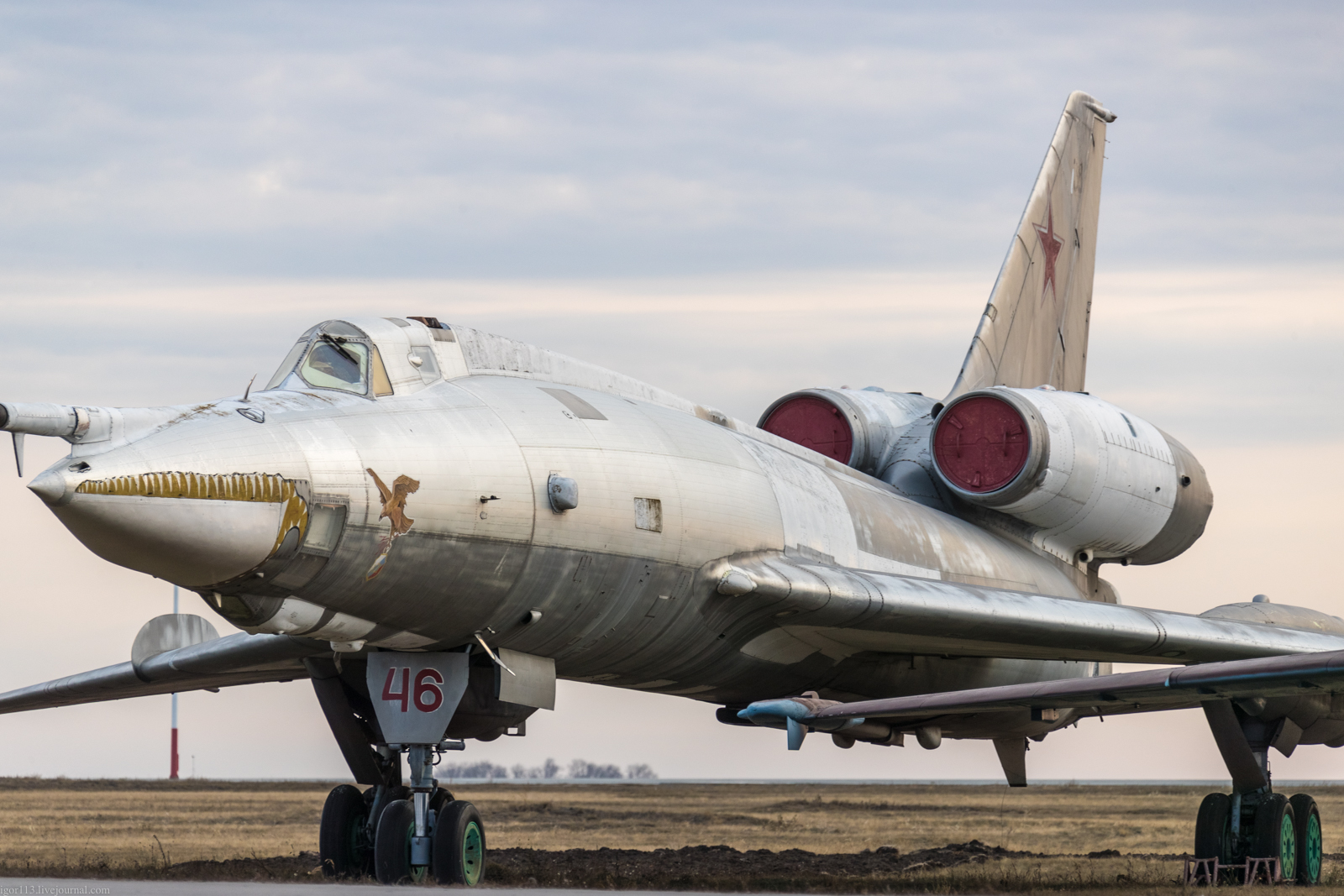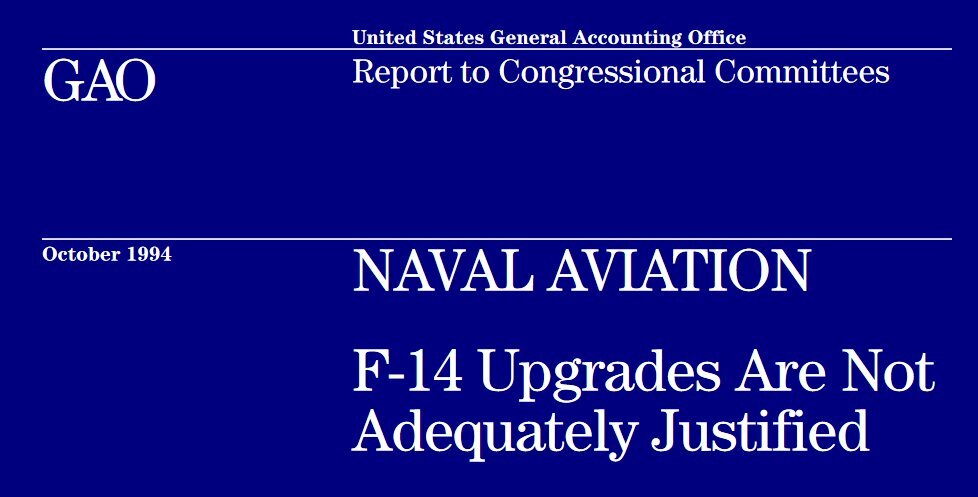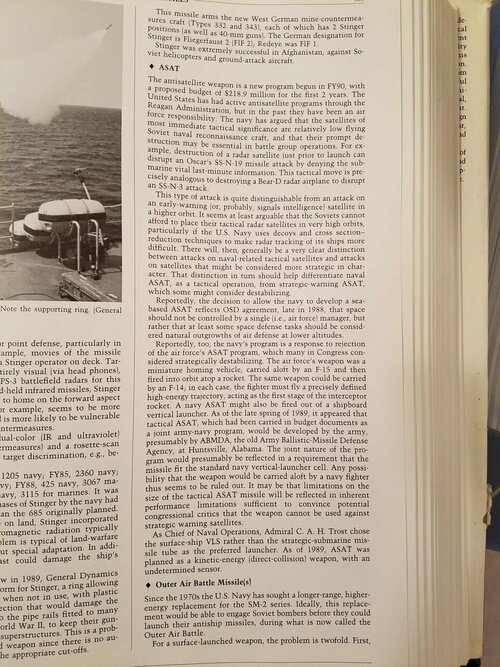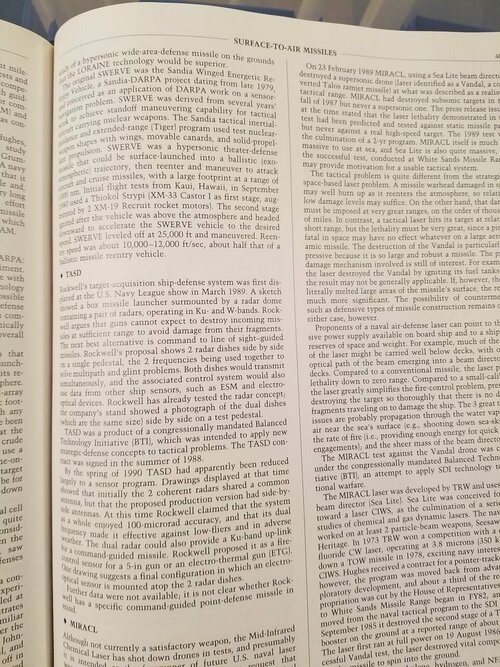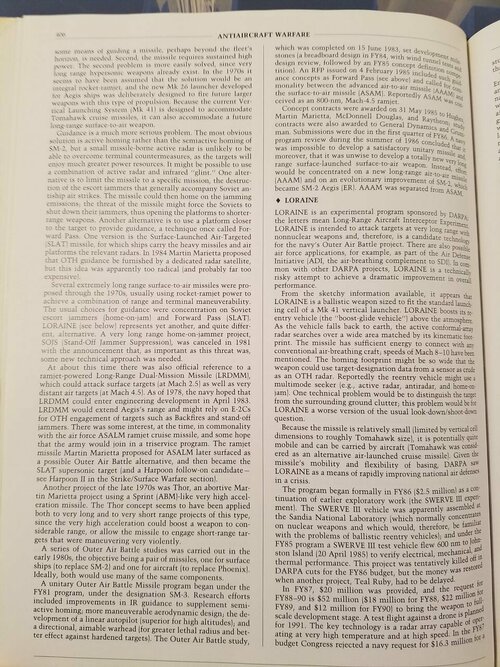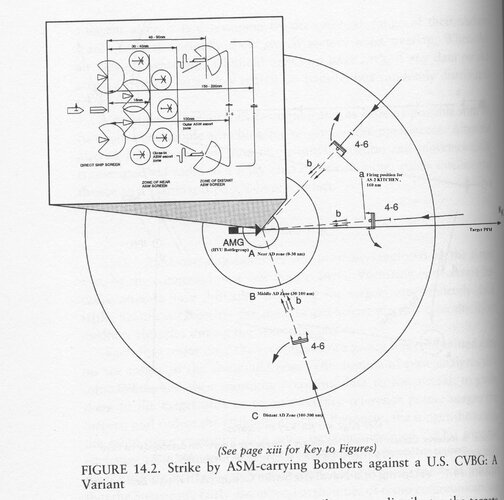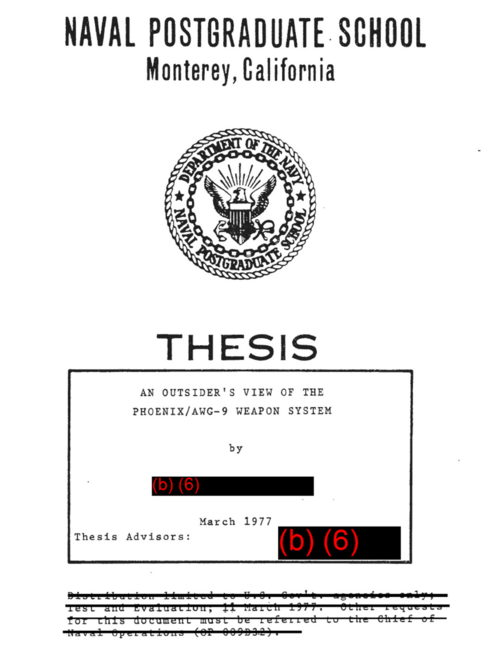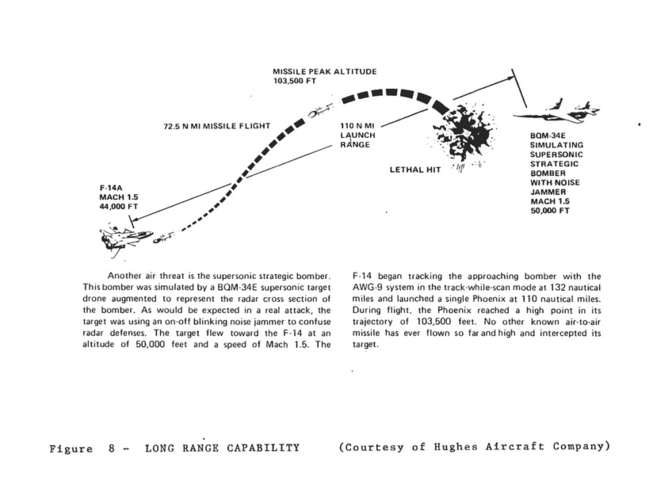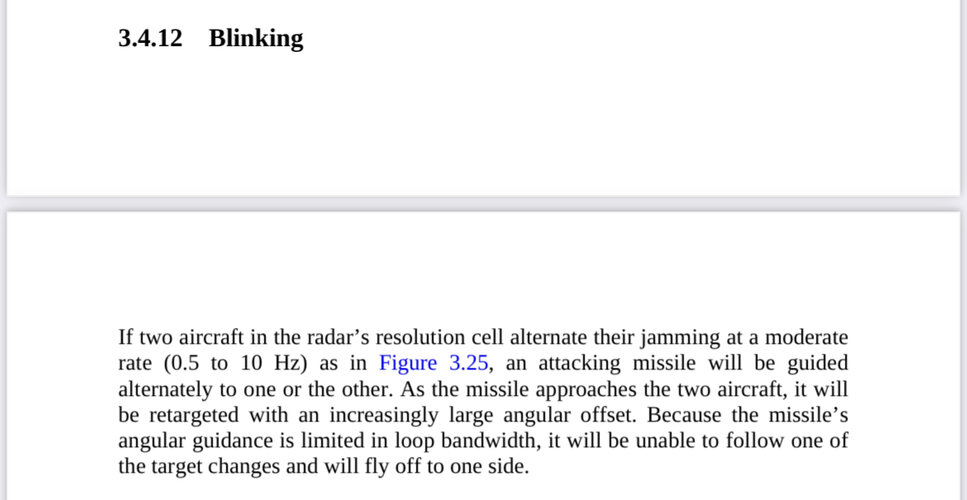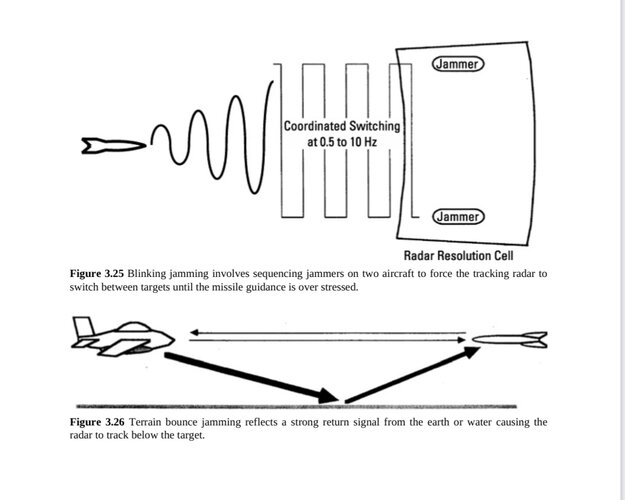So this keeps getting thrown around, and I think it's a misunderstanding of both the tactics at play here and what Friedman is talking about. I would also encourage those here to read Tokarev, Vego Milan's Soviet Naval Tactics, the Friedman book, Who's got the grease pencil, and watch
Friedman's lecture here (It paints a much fuller picture than the couple of screenshots being passed around on twitter).
Much is made of the "multi-axis attack" that SNA-MRA was hoping to achieve. However, there are two critical factors at play which caveat what is on paper, an extremely scary scenario: the threat axis, and the split point. In
Who's Got the Grease Pencil the logic behind determining threat axis of an expected attack is detailed:
The "limited to a 45-60 degree arc" you are talking about is not a limitation, its simply staging as much as you can along the threat axis. Friedman's exact words are:
What's critical here is that Friedman is not saying you cannot defend across a wider arc, but why would you? The original twitter thread seems to misinterpret tactical considerations as some sort of hard limitation that did not understand the threat. On the contrary, it would appear 45-60 degrees would be overkill!
This brings me to the Split point, fuel and information influenced where the Bombers would "split" from the most efficient straight line to the CVBG and set up on multiple axes. Tokarev provides some insight into the general rule of thumb for the breakaway point:
Now, given that Vector Logic saw Tomcats being set up 500NM+ from the CVBG, a split point well inside of this is less than ideal. Essentially, the Tomcats were positioned to "jump" the bombers before they could even get enough space to setup the famed multi-axis attack, let alone fire their missiles! Friedman dub's this the "
Strikecap", and it was a very important aspect of the outer air battle. I would also contend that even if the bombers were allowed to split, unmolested, they still wouldn't really be attacking that much outside a 60-degree axis to begin with. As with everything, fuel is life, and every mile you extend your split is less gas to make the very long, and very nerve-wracking trip back to Murmansk. Milan's diagram of a typical ASM attack points to a much narrower attack then the classic harpoon scenarios of the early 2000s liked to give us:
I like Zach, he puts a lot of good content out on twitter, but when it comes to the Outer Air Battle, I think he was wrong. Now this not to say the USN wouldn't have experienced problems, nothing ever works perfectly. But I echo Friedman's cautious optimism regarding our ability to successfully engage SNA-MRA divisional attacks.
Sources
Kamikazes: The Soviet Legacy
Friedman, N. (2016).
Fighters over the fleet: Naval air defence from biplanes to the Cold War. Naval Institute Press.
“Who’s got the grease pencil?!” What Cyber Security can Learn from the Outer Air Battle
Vego, M. N. (1992).
Soviet naval tactics. Naval Institute Press.
EDIT:
While we are posting EW anecdotes, Id like to share one of my favorites from a Tomcat pilot, as always everything is 10% true

:

